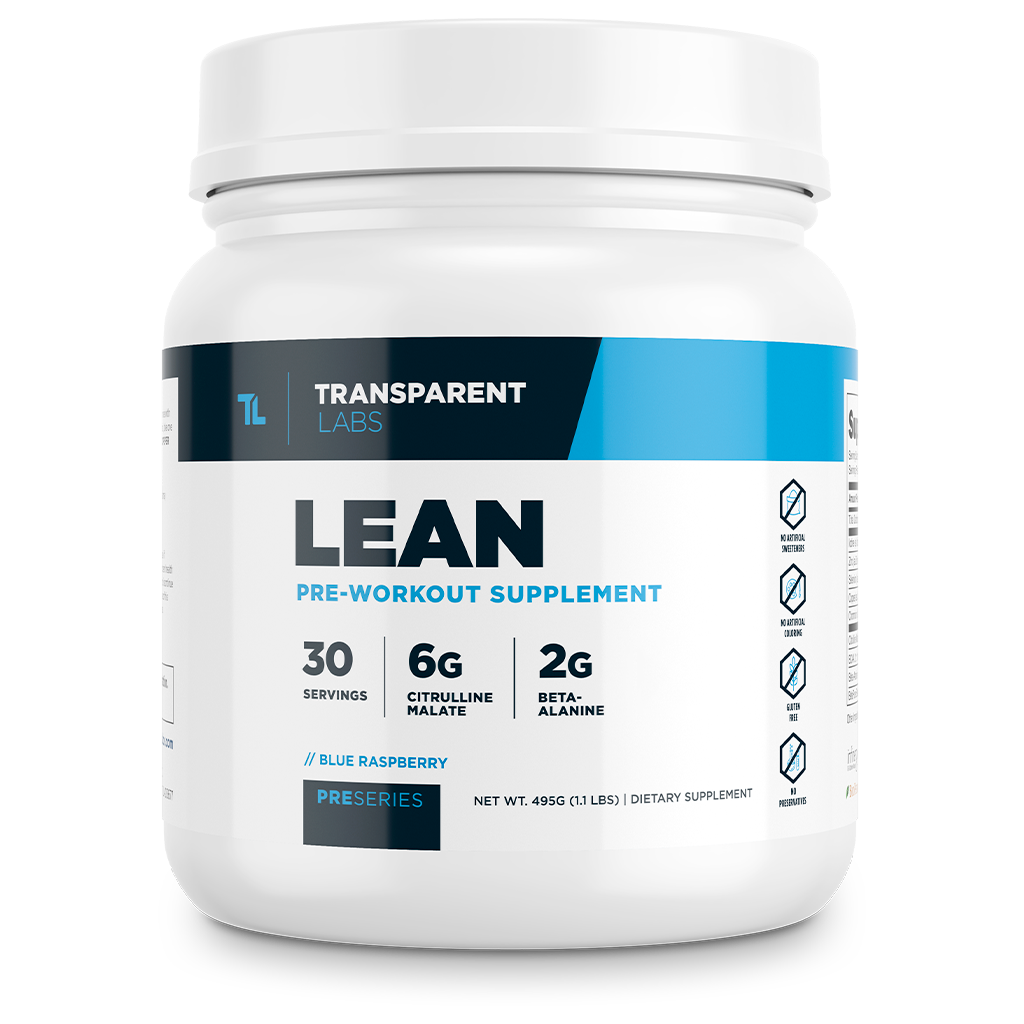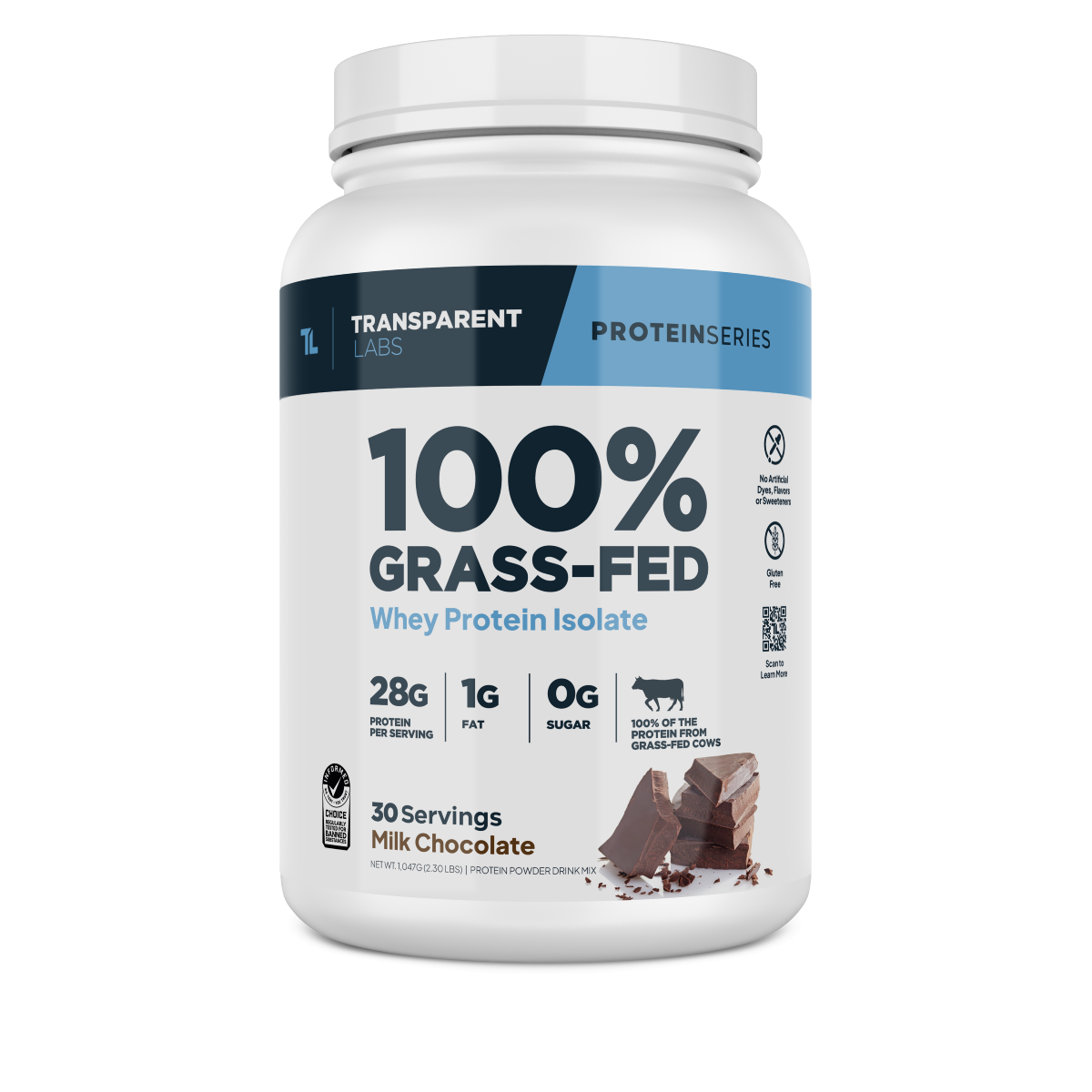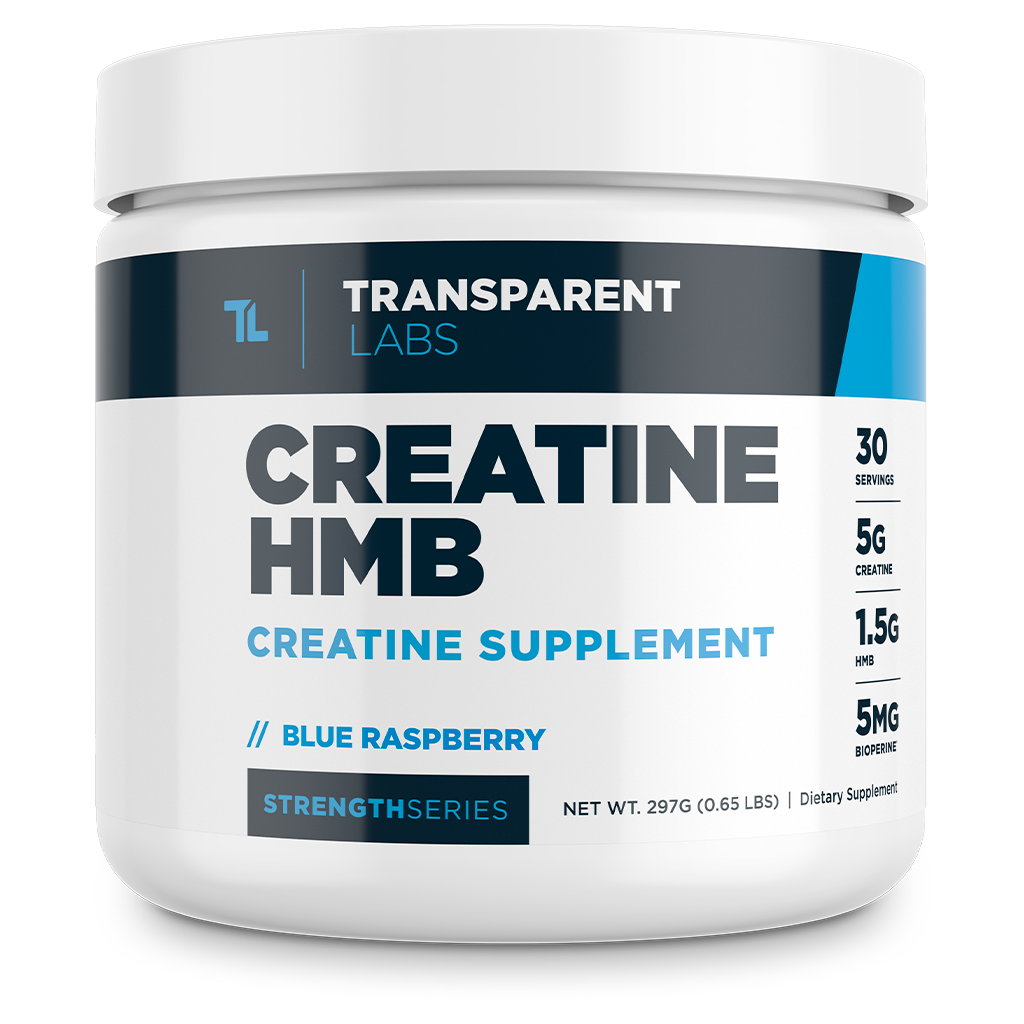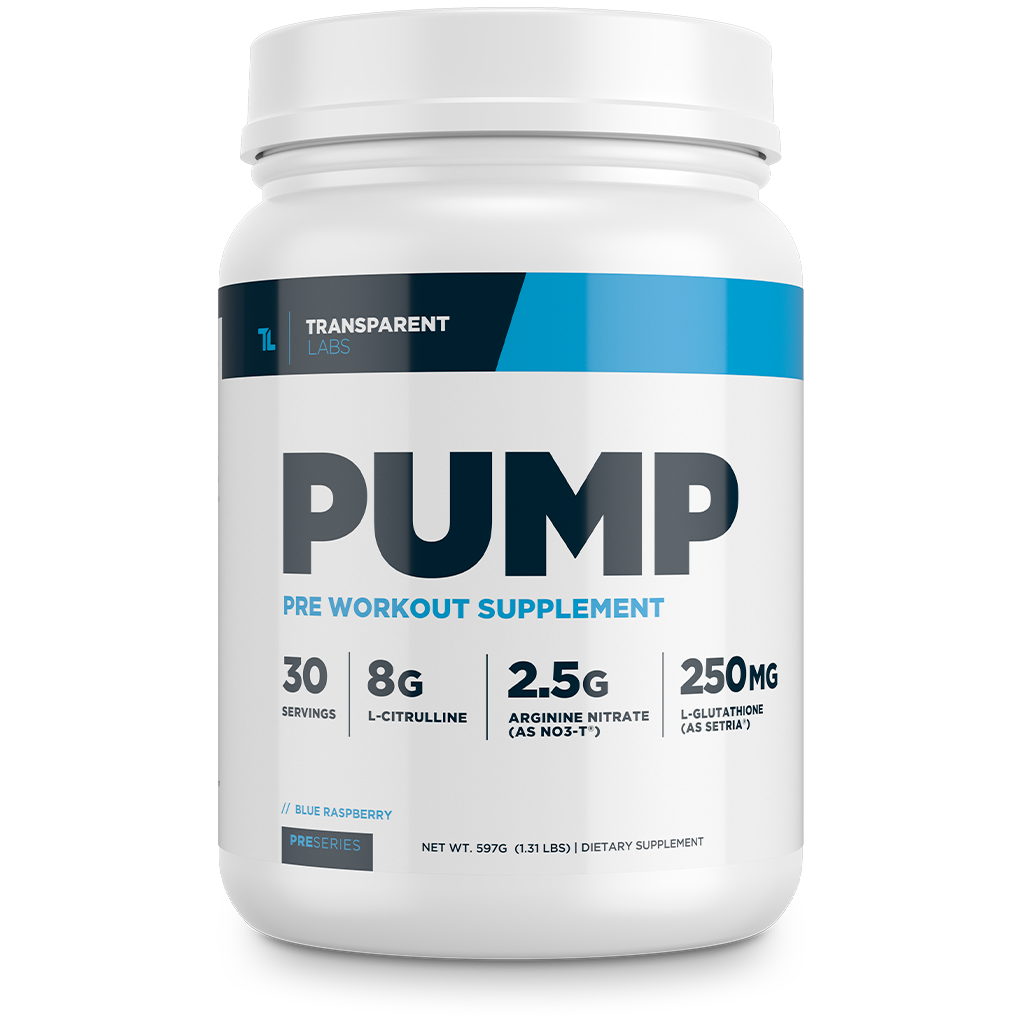How to Run Faster in Sprints, Marathons, and Beyond

Whether you're training for your first half marathon, Spartan race, or turkey trot 5K, you may wonder, "How do I run faster?"
Training for a race is just like training at the gym. You need to change up your workout routine, focus on good form, eat properly, take rest days, and — above all else — train as hard and as diligently as you can without risking injury.
Moreover, creating a smart, well-rounded training plan will have you hitting PRs on the race course. Below, we explain how to run faster in four steps no matter what distance you're training for.
Please note: This post is meant for informational purposes only and should not be taken as medical advice. If you're preparing for a race — particularly half- and full-marathon distances — please speak to your physician before beginning a new training program.
1. Check Your Form
When you deadlift, squat, or perform any other heavy lift, you know you must maintain proper form. Otherwise, you risk an injury (thereby sidelining yourself from your own training program).
So why would running be any different?
Well, poor running form is the top reason people get injured and why running gets such a bad rap in fitness communities. Athletes running with their backs hunched over, doing the "marathon shuffle" down the street, or swinging their arms across the center of their chest are clear examples of poor running form.
Improper running form increases your risk of injury, slows you down, and wastes energy. Think about a runner swinging their arms over the center of their chest — this person’s momentum is partly side-to-side rather than straight ahead.
Many runners lack the mind-muscle connection to realize they have bad technique. So, if you want to learn how to run faster, ask a friend to videotape you running several 50-meter strides. Then, check your form for the following:
- Chest out, shoulders rolled back and down: Run with the same form you bring to the squat rack, keeping your chest out and your shoulders rolled back and down.
- Core engaged: Keep your abs tight as you run (this will also prevent any side-to-side movements). As you engage your core, you'll notice your upper body inches several degrees forward to propel you down the street.
- Knees up: At the top of your stride, your quads should be parallel with the ground. Focus on getting your knees up on every run — whether it’s a 5-mile jog or a 200-meter sprint.
- Light on your feet: When sprinting, your heel should never strike the ground. Instead, keep your weight on the balls of your feet.
2. Focus on Interval Training

If you truly want to know how to run faster, you can’t spend all your time logging miles on the street. Once or twice a week, you need to hit the track.
Interval training is essential to training for any distance — from the 100-meter sprint to the marathon.
Many times, athletes focus on just increasing mileage, running the same 6-mile loop five days a week. While logging miles is great, it won't increase your max running speed.
Think about it this way: If you were looking to increase your one-rep max in the bench press, would you do the same chest workout day after day? No. You would challenge your muscles in different ways, doing 3x12 reps one day, then loading up the bar with heavier weight and doing 5x5 the next workout.
The same holds true for running.
With running, you need to push both your aerobic and anaerobic systems. Anaerobic training, which you get from HIIT workouts (high-intensity interval training), explosive lifts, and hard intervals spike your heart rate and help you use oxygen more efficiently in your race.
To get comfortable training at faster speeds, try replacing 2-3 runs per week with interval training. This could include the following:
- Tempo runs: The exact definition of a tempo run is highly debated in the running community. However, you can expect a tempo run to be a little slower than your 5k race pace or a running pace you can hold for at least 20 minutes.
- Fartlek: A fartlek involves running at various speeds throughout a long-distance run. For example, try running for 3 minutes at mile pace, then 2 minutes at a comfortable, conversation pace, then 30 seconds at nearly sprinting pace before returning to your typical mile pace.
- Track speed workouts: Hit the track to run intervals at a faster pace. Depending on the distance you're training for, you could try running 8 x 400-meter sprints, 6 x 800-meter runs, or even 4 x 1-mile intervals.
3. Don't Forget About Strength Training
If you want to learn how to run faster, you can't spend all your time logging miles on the street. You also need to hit the weight room.
Lifting weights increases the overall strength and stability of your core, improves balance, and improves your overall posture — all of which are directly tied to your running performance. And if you think distance runners get enough lower-body strength training from longer runs or hill training, you are sorely mistaken.
To run fast, you need strong, powerful glutes and hamstrings. Not only does strengthening these muscle groups propel you forward — it directly ties to injury prevention. (And yes, even Olympic long-distance runners lift weights.)
Weak glutes and hamstrings place more stress on your quads and calves, which can manifest in injuries in your knees, hip flexors, ankles, and your Achilles tendon. However, if you strengthen your posterior chain (especially your glutes), you can greatly decrease your risk of injury, as shown by research in Medicine and Science in Sports Exercise.
Consider adding the following lifts into your training schedule:
- Glute activation: A mere 5–10 minutes of glute activation before strength or speed training can negate your risk of injury. Try clam shells, single-leg bodyweight squats, and single-leg banded glute bridges.
- Single leg exercises: When you run down the street, you're always balancing on one leg. Therefore, single-leg exercises will help propel you forward. Try single-leg deadlifts, step-ups, Bulgarian split squats, lunges, and single-leg bounds.
- Explosive exercises: Explosive exercises power you forward and stress your anaerobic system. Try power cleans, box jumps, and kettlebell swings.
4. Take Rest and Recovery Seriously

Here's our final tip on how to run faster: Make rest, recovery, and injury prevention the cornerstones of your training schedule.
Face it: You won't run faster in your next race if you never make it to the start line. A serious injury can completely interrupt — if not end — your mile, 5k, or marathon training.
To keep yourself healthy come race day, try these running tips:
- Take rest days: We recommend taking at least one day completely off per week (new runners may want to take 2-3 days off from legs). In addition, you can implement a mid-week cross-training day with only low-impact exercise (think biking or swimming).
- Don't skip the warm-ups or cool downs: Begin any interval work with a dynamic warm-up and plyometrics. Cool down by foam rolling and stretching after your run.
- Fuel-up with protein post-workout: If your stomach can handle it, fuel-up with carbs two hours before your run. Afterward, enjoy a post-run protein shake to help your muscles recover.
Want to Know How to Run Faster? The Answer Is Well-Rounded Training
If you want to improve your race time, you'll need a well-rounded training schedule. Focusing on form, implementing strength and interval training, and being diligent about rest days will all help you run faster.
Remember: You will never hit the finish line (or break your PR) if you get injured. Therefore, listen to your body and fuel it properly. Take one scoop of Transparent Labs 100% Grass-Fed Whey Protein within 30 minutes after your run to begin the recovery process.




